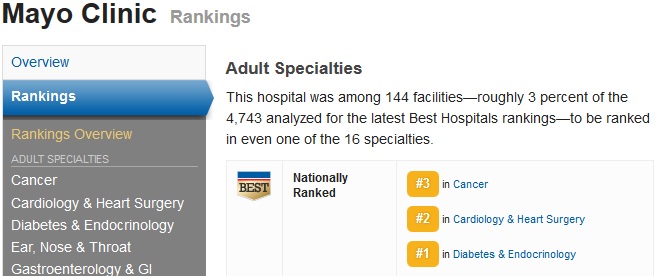Recently there is news about the big break through in the research on the time line of the interbreeding between humans and Neanderthals. Since I am one of the unfortunate ones that happen to get the “Neanderthal” gene leading to diabetics, I am naturally very interested in such news.
Here is the original article from National Geographic: http://news.nationalgeographic.com/news/2014/10/141022-siberian-genome-ancient-science-discovery/
Here is quote from the original text:
“Genetically, the thigh bone’s owner appears equally related to modern-day Asians and Native Americans. Surprisingly, he appears to be about as closely related to them as to the 24,000-year-old Siberian boy or Stone Age European hunter-gatherers dated in other ancient DNA studies, notes paleoanthropologist Henry Harpending of the University of Utah in Salt Lake City, who was not part of the study.
Of modern groups, the Ust’-Ishim man is less closely related to Europeans, perhaps because today’s Europeans owe some of their ancestry to farmers who migrated there from the Middle East more than 10,000 years ago.”
When Fox News retweets about the story,
http://www.foxnews.com/science/2014/10/22/neanderthals-and-humans-first-mated-50000-years-ago-dna-reveals/
This is how they put it:
“Genetic analysis of DNA from the bone revealed this man was equally closely related to present-day Asians and to early Europeans. ”
Come on–Fox, the damned stupid bone was discovered in Siberia, the other side of the Caucasus Mountains, so isn’t it natural that it is more closely related to the East Asians than modern day Europeans? Why do you have to bend science like this–out of what? Some modern day inferiority complex?

